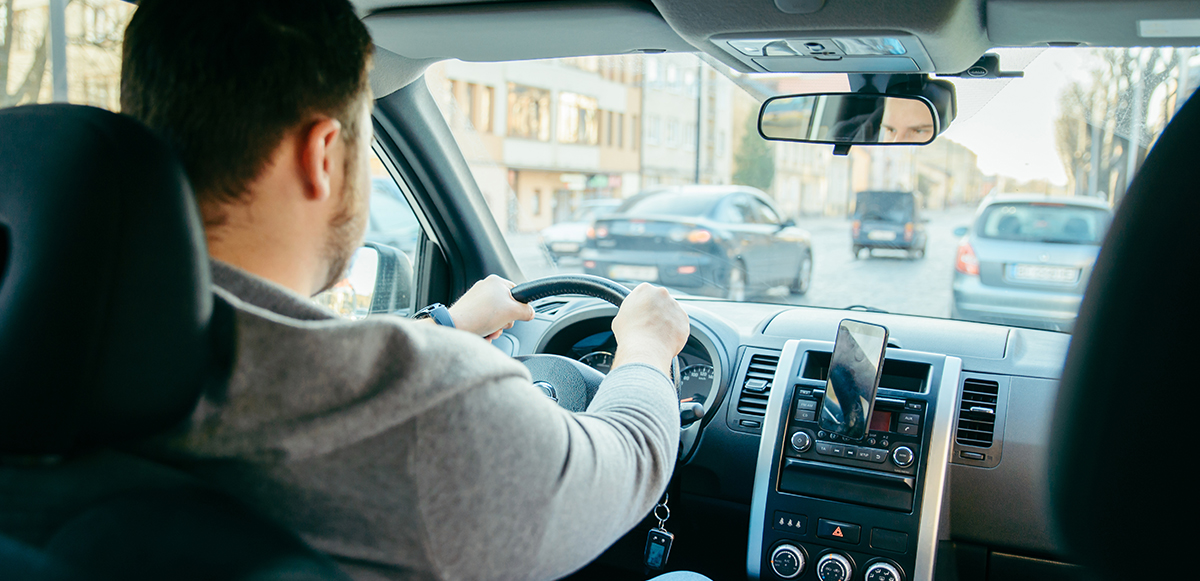The easy route to… Better Fuel Performance


While some may say car buyers and owners have never had it so good, others might argue that it’s never been tougher for motorists, with rising insurance costs and fuel costs on an ever-upward slope.
If you are in the market for a new car, there are many routes to car financing which can reduce monthly costs. You can quickly log on to a manufacturer site and see what you can have on your preferred model. You can usually ‘build’ the car yourself using an online configurator, then you can take that into a dealership and get them to place the order.
Many people get new cars by choosing a leasing deal in which you pay a monthly instalment, with all the car’s bills, including VED, servicing and repairs covered by the leasing company.
But there’s one fool proof way to reduce your motoring costs, and that is to drive efficiently, so you are using less fuel, and with a few simple measures, you could find yourself saving more than you imagine.
The gentle touch
Altering your driving style is usually the cheapest, easiest way to reduce your fuel costs. That’s not to say you aren’t a good driver - of course you are. However, while you may be a good driver, you may not be an economical driver, and it’s here that you can make changes.
For a start, plan ahead. This doesn’t mean look as far ahead as you can see (although you should be), this means look at when you’re making your journey. If possible, why not arrange it so that you get on the road when the roads are quieter. You’ll use a great deal less fuel just cruising along instead of having to continually stop and start again. You’ll also get there quicker and be less stressed when you arrive.
Secondly, plan ahead. Leave in plenty of time, because you’ll use a load more fuel if you’re in a rush. You’ll feel like you have to put the foot down and rev the engine in each gear. Setting your alarm clock just 10 minutes earlier really could save you money on fuel.
Thirdly, plan ahead (yes, there’s a theme here). This means you really should be looking ahead as far as you can see and judging what’s going on. Hang back from the car in front so that you don’t have to jump on the brakes every time they do, because you’ll only have to accelerate back up to speed again, which uses more fuel. Instead, ease off gently to keep a distance, and gently squeeze the accelerator again. You’ll use much less fuel that way, and you’ll be a lot more relaxed.
Play a different tune
It’s really worth taking a holistic approach to fuel economy. After all, there’s little point in setting off earlier if your car’s so far out of tune and full of harmful deposits that it’s sucking in a load of extra fuel it doesn’t need. So, make sure your car’s running properly.
For a start, it’s worth investing in a fuel system cleaner, such as Techron.
Techron is designed to help clean your fuel system and fuel-injection nozzles, as well as the internal parts of your engine that fuel reaches, such as the intake valves, and – in petrol engines – the combustion chamber.
By helping keep the fuel system clean you’ll help to reduce any corrosion and overcome any starting issues your car may have.
Similarly, a good-quality engine oil such as Texaco Havoline ProDS, will help keep the inside of your engine properly lubricated and running smoothly from the moment it’s started, and will also help to get rid of the carbon deposits that can hamper smooth running.
It’s worth having a look at your car’s air filter too. If this is covered in dirt, replace it with a new one; if your car’s able to suck in clean air, it won’t use as much fuel. Also, get a mechanic to do a check on the airflow meter to make sure it’s working properly.
The next tip? While you’re driving along, listen carefully (or get a passenger to) for the sound of brakes rubbing. Brakes are, after all, designed to bring a car to a halt, so will require a lot of effort to overcome if they’re sticking on slightly – and effort costs fuel.
Finally, make sure your tyres are in good shape, (literally) and, most importantly, have the right amount of air in them. It is incredible how much more energy it requires to roll half-flat tyres than properly inflated ones. If you’re in doubt, pump up your bicycle’s tyres to the right pressure then ride up a hill. Then take out half of the air and try again. You’ll be staggered (and possibly staggering!)
Loads better?
Do you really need all the stuff that’s in your boot? Your car will thank you if you ditch the extra weight.
By the same token, ditch the bike rack or roof box when you’re not using them. Car manufacturers spend millions on honing the aerodynamics of their cars, so why ruin that work? All these additional items simply create a load of extra aerodynamic drag that will send your fuel bills through the roof.
Check now, don’t pay later
As you can see, there really is no rocket science to cutting your fuel costs. Simply by making sure your car’s mechanicals are in as good a condition as possible, and by being a little more organised each day, you can save a load of money you’d have otherwise spent at the pumps.































